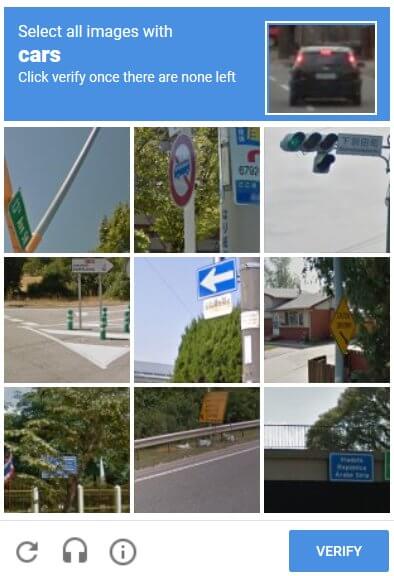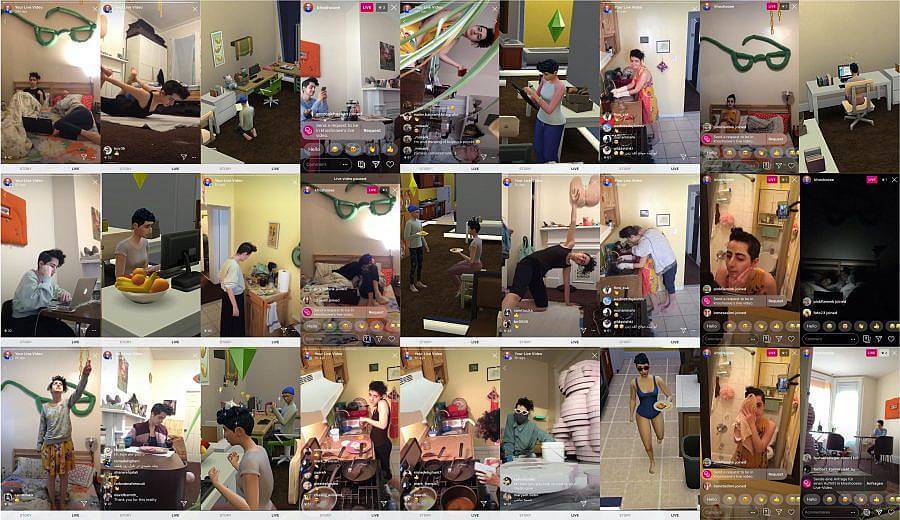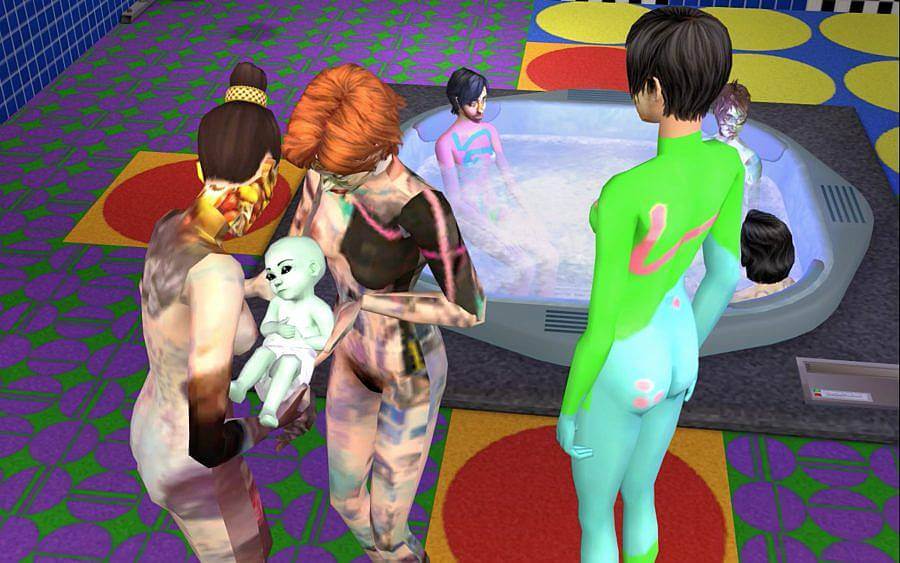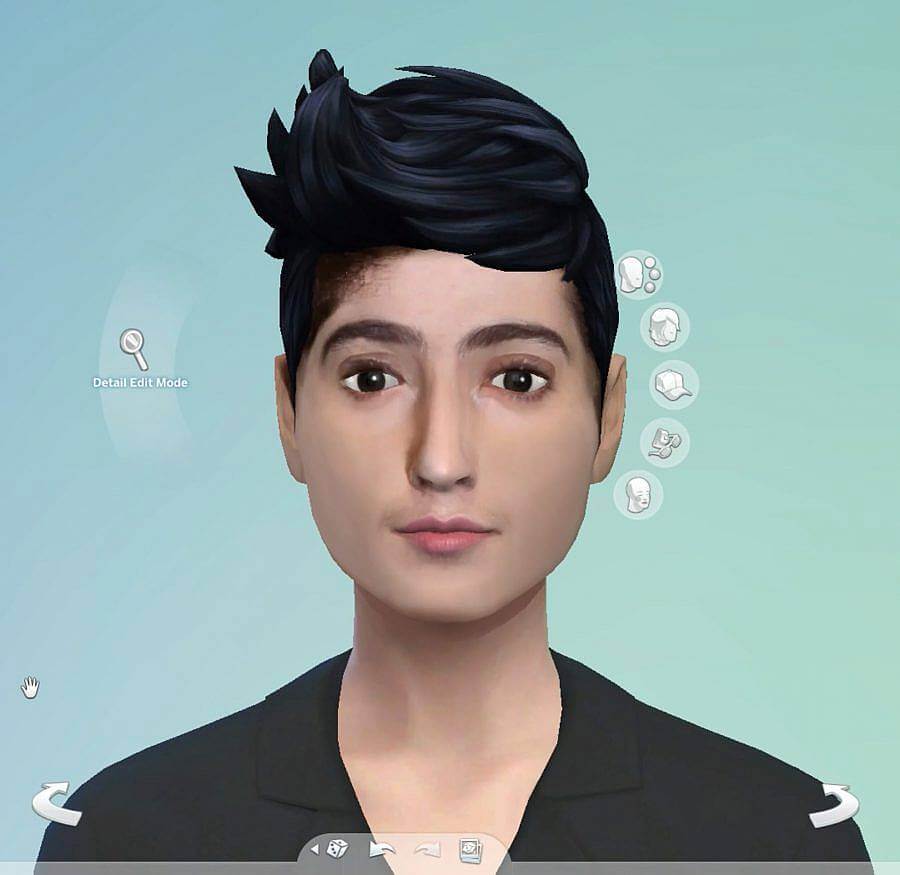How did you get started as an artist?
It wasn’t until the last year of my bachelor’s degree–which was in industrial design–that I realized I was more interested in asking questions rather than finding definitive answers or solutions. This epiphany coincided with learning more about new media and interdisciplinary practices and a major shift in my perspective on the kind of art I’d like to make. I studied my MFA in an interdisciplinary program that truly allowed for play and experimentation so I was able to slowly but surely find my voice at the intersection of several mediums including performance, video art, and installation.
How do you feel working as a professor impacts your practice?
It’s an exciting time to be an educator. The new generation of students value diversity, understand intersectionality, and actively pursue community building and socio-political activism. In this context, I find teaching a hopeful and powerful act of resistance. Through social media platforms like TikTok, they educate each other daily on content that is powerful and urgent but has been historically overlooked and suppressed. Information concerning systemic oppression, for example, used to be very difficult to access and so many people didn’t know or understand it before. Now, thanks to this generation there is an ongoing and evolving collective understanding of these issues with current and contemporary implications of it (take shadow banning as an example of that).
I feel humbled by my students’ knowledge and awareness of the zeitgeist and I continue to learn from them. I’m also quite fascinated by the irony of teaching digital media to a generation of digital-natives who have little to no memory of the world before smart screens and the accessible internet. This pushes me to keep up with what technology has to offer, and that translates into more experimentation and new approaches in my studio practice.
View this post on Instagram
What are Low res puns?
Ha, I’m glad you asked. Just to give the readers some context, you’re referencing my Instagram bio.
I first have to talk about “the poor image” and its role in my work. Growing up in Iran, glitches and disrupted visuals were expected as a part of my TV-watching experience due to the government’s satellite jamming. I think the reason behind my affinity for disrupted or low-resolution imagery is their implied notion of denied access.
My work, especially the #My_Moving_Head videos that I post on Instagram, are self-referential in the way that they nod to their low-tech and low-resolution quality. I like to call this the aesthetics of oppression: a visual sensibility that I am repulsed by and yearn for at once. There is this duality, this Stockholm syndrome emotional response to such imagery, and a deep need to reproduce it. It is as if through the act of embracing the oppression and reproducing its visual signifiers I am hoping to emancipate from it.
The “pun” aspect references the content of these videos. The videos have a colorful and childish yet uncanny deep-fake quality to them and the sound seems upbeat and fun but when the viewer pays closer attention -and if they understand Farsi- they realize these videos are commentaries on aspects of Iranian culture and traditions that are somewhat problematic, superstitious, excessive or toxic. I see them as puns because they can be interpreted in so many different ways based on your level of digital literacy as well as your understanding of Iranian culture, aesthetic sensibilities, and spoken language.
What role does Instagram play in your life/in your art practice?
In my practice, I use social media as a platform, but I also deconstruct its visual language and utilize its limitations as a way of subverting the nature of visual virtual culture. I see my Instagram AR deep fake videos (aka #low_res_puns) as a protest against machinic face recognition, my overstimulating imagery as a protest against image recognition, and my melancholic approach in tapping and liking an abundant variety of seemingly unrelated posts as a protest against behavioral pattern recognition. These outlier points of data are meant to confuse algorithms and to broaden their aperture of perception. By Cyber-protesting I question the ethics of the machinic vision in extreme instances, and through that, I hope to contribute to the reconfiguration of AI ethics.
Cyber-protest is an accessible tool in effectively influencing the machine, as it is our only way of emancipation from Surveillance Capitalism.
Favorite websites?
https://www.instagram.com/explore/
https://www.instagram.com/jahizie_taze_aroos/
https://www.npr.org/series/423302056/hidden-brain
https://ihaveadhd.com/podcast/
https://www.instagram.com/chonosss/
Can you talk about the liberatory potential of cyberspace?
I believe the internet and social media are exciting alternatives to ‘white cubes’ and traditional institutions. Cyberspace provides a platform for marginalized communities to express their voice and additionally liberates them from the logistic restrictions of physical space, distance, and time.
I would argue that cyberspace has shifted the paradigm of education as well. It has at least shifted the way both knowledge seekers and institutions approach pedagogical tools. Coursera, for example, is probably the most institutionalized version of an affordable and accessible educational platform and still, it is far more accessible than any higher-ed institution.
Here of course I’m wearing my rose-colored glasses. As much as I love the potential that cyberspace offers, I know that we’re far from the utopic days of the internet due to the rise of market-driven data mining algorithms.
Much of your work side-steps and resists surveillance capitalism, often making jokes along the way. Can you tell us your intention with this?
I’m interested in creating work that challenges machine vision. For example, image recognition is artificial intelligence’s ability to correctly identify visual information of objects, faces, places, people, etc. For the software to be able to properly identify a cluster of pixels as an object, it first has to be trained on thousands or millions of images of that object. The more diverse a dataset, the more accurate it becomes.
This is why the “I’m Not A Robot” CAPTCHA images of traffic lights, crosswalks, cars, etc. which are supposed to tell a human apart from a spambot, have become increasingly more difficult to identify even for humans. AI catches up fast, basically as soon as it is exposed to the new set of data.

I’d like to think that my videos are the equivalent of the CAPTCHA grid. The work that I post on social media (#low_res_puns) is supposed to outsmart the machine and at the same time push its periphery of perception. These videos are meant to be uncanny and confusing for the machine but identifiable by humans.
I’m specifically interested in Iranian traditions that prioritize abundance over practicality. For instance, in preparation for a wedding, traditionally the bride’s family is responsible to provide every single object that the newlyweds will need at their new home. This includes their first batch of groceries, all kitchenware and electronic devices, all furniture, bedding, clothes, even paper towels and cleaning supplies. There is a specific event that documents this process and usually, most objects are staged outside of cabinets and closets in order to be photographed and shown as proof of the bride’s family’s wealth. Of course, this is by no means practiced by everyone in Iran, however, most people are loyal to at least a part of this tradition.
My process starts with finding an image that has a maximal quality to it, the composition has to be quite busy with several objects that are staged to be photographed. I find these images from online Iranian media spheres and usually just screenshot them. Not only are these images visually maximal, but they also reference a culture of over-consumption of goods and convey an artificial sense of abundance and wealth. Using a phone app I layer these objects and parts of the background with ghost-like animated faces. Multiple voice-over audio tracks are then added to the videos as the last step. The result is a cursed short animation.

Besides the humorous content of these videos, there is humor to their format as they trick and confuse the algorithm while using the very platform that enables data mining. On one hand, I’m interested in that space of mischief and confusion and on the other hand, I act as a “trainer” who exposes the machine to new information.
View this post on Instagram
How do your experiences as an Iranian American impact and shape your work?
Upon my immigration to the U.S. I found the majority of my life experiences to become irrelevant in this new environment and unhelpful in navigating my new life. My brain started to slowly remove–or fully suppress– the information that I no longer had a use for, including subtleties of my first language Farsi, culture-specific humor, spatial memories, and aesthetic sensibilities. Then the process of confabulation, which is to fabricate memories unintentionally, began to take over as a coping mechanism for me to fill the gaps of identity and to hold the fragments of self together. In my work, I integrate these fabricated memories to create reimagined realities and alternative selves.
There is so much potential in alternative selves within one’s identity, so much space for creation, exploration, discovery, trial, error, failure, and growth. However, the Western canon tends to flatten othered-bodies, labeled and gift-wrapped for the “primary gaze”. This approach is now implemented into the design structures of machine learning as well. Each person is boiled down to their class, race, gender, age, and then targeted by their corresponding category supplier. I’m interested in unflattening and expanding the dimensions of selfdom as an act of resistance against biased and systemic profiling of intersectional bodies.

Second Life or Sims?
For some reason, I never got into Second Life, maybe for quite a practical reason which is that its primary communication language was English, and I didn’t know anyone in my Farsi-speaking sphere who played it. In the Sims, I didn’t have to communicate with other humans, and the Sims characters speak Simlish.
I also have an easier time performing in the presence of machines rather than humans. I’m a great performer in front of my camera when nobody else is in the room but as soon as there is a videographer involved my fear of rejection and embarrassment blocks improvisation. Sims doesn’t judge how I play which allows for errors and trials. When there are other people around I’m back to being a flawed human.

Any upcoming projects?
In 2020 I started a research-based speculative body of work that aims to examine the role of systemic biases in the immigration process administered by AI. I’m working on the development of an interactive VR game that follows the life of an immigrant and their empathetic AI pet throughout the immigration journey. The protagonists face a crisis when the Department of Homeland Security’s AI-operated border control agent flags the duo as national threats.
This project was initiated in direct response to the DHS development of AVATAR: an AI border control system that is built to detect “mal-intent” based on biometric cues through short interviews at border crossings.
Interview composed and edited by Joan Roach. All Images courtesy of the artist.
